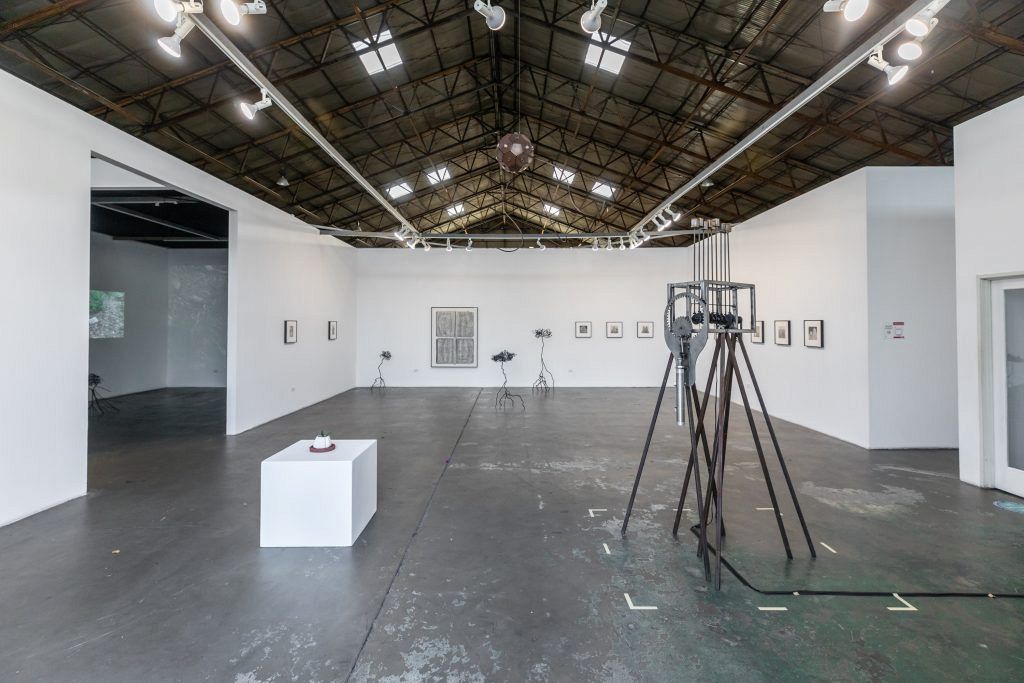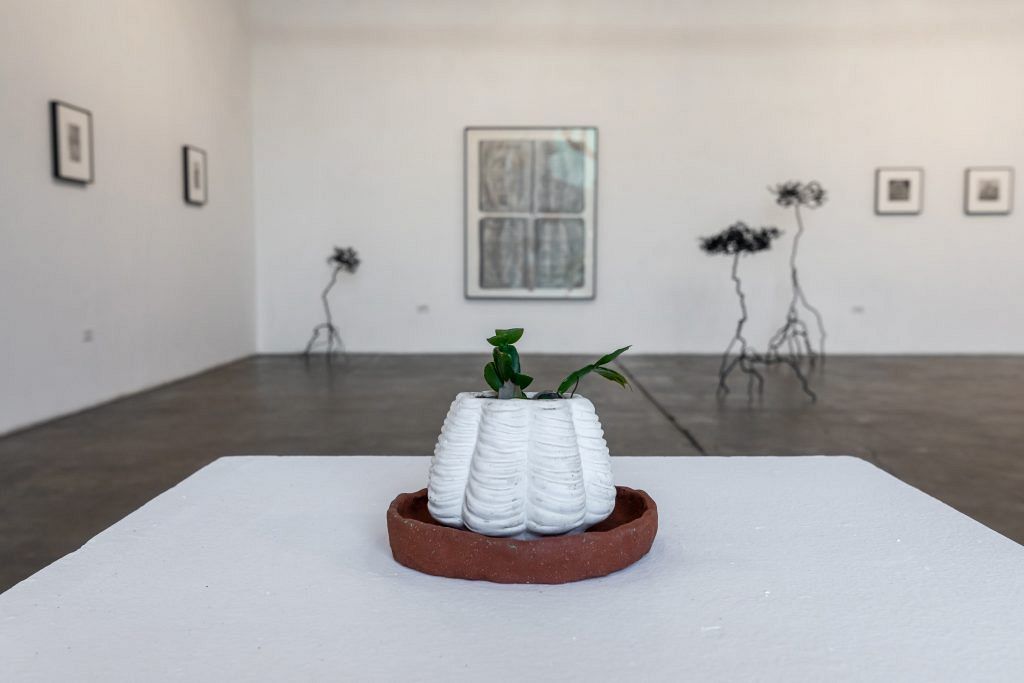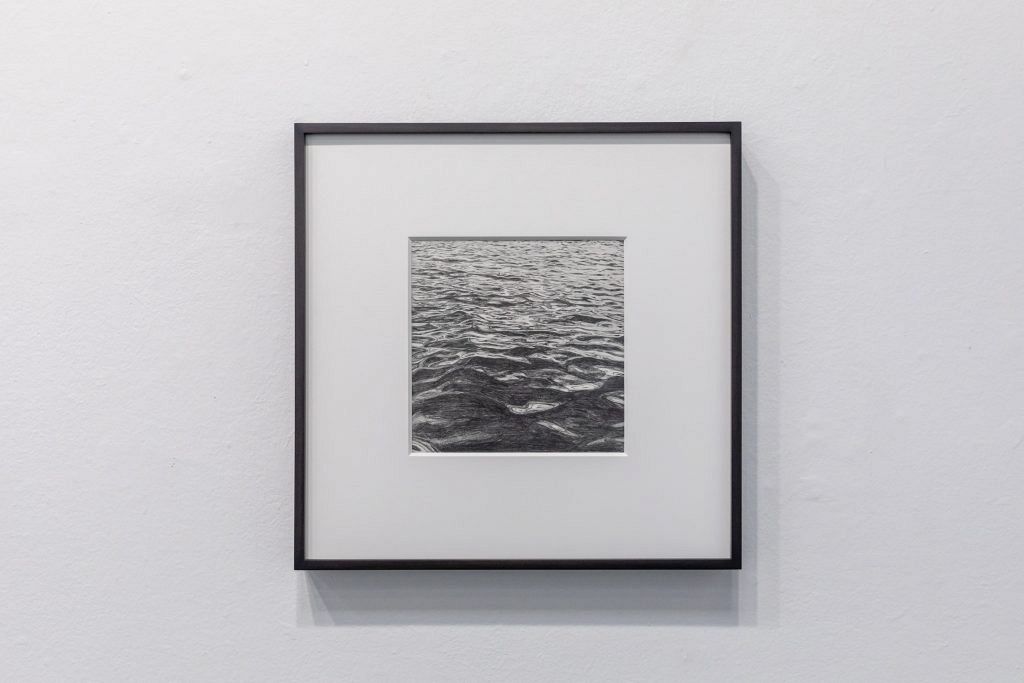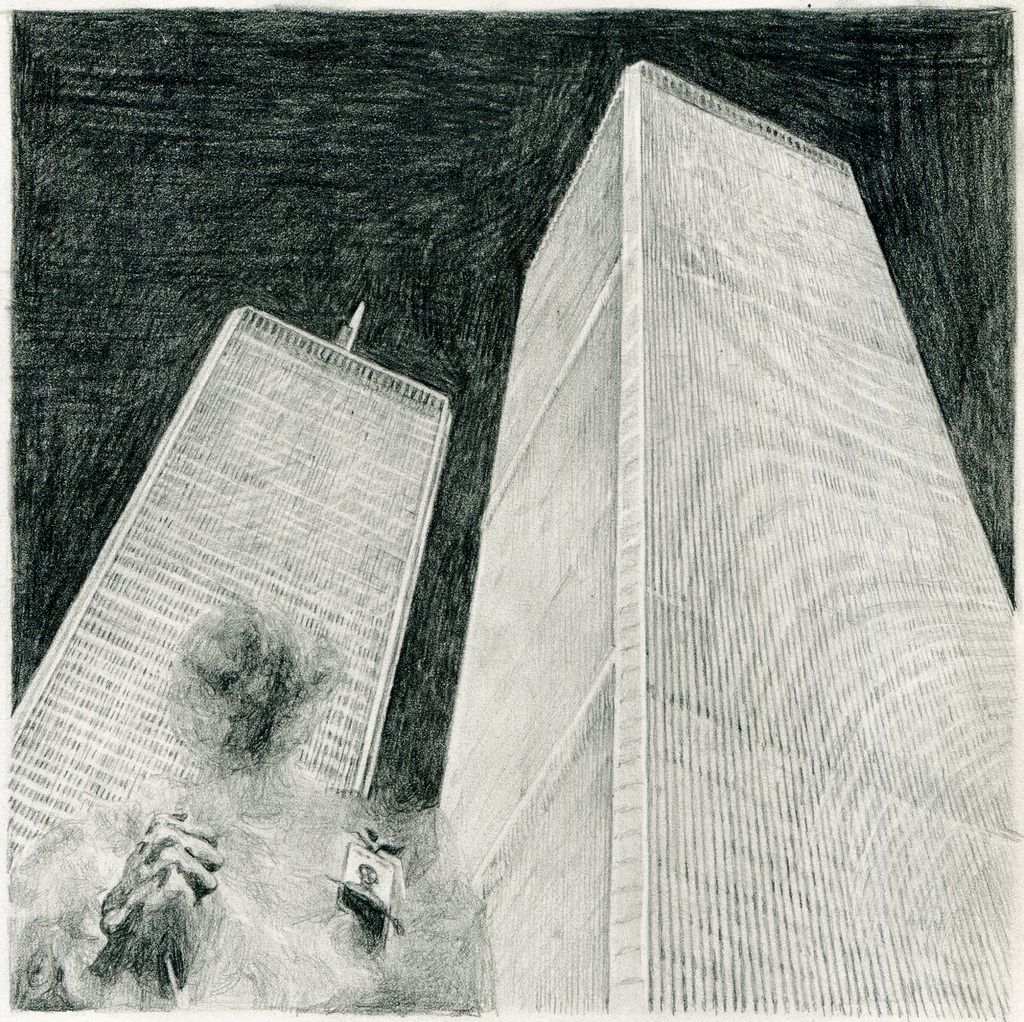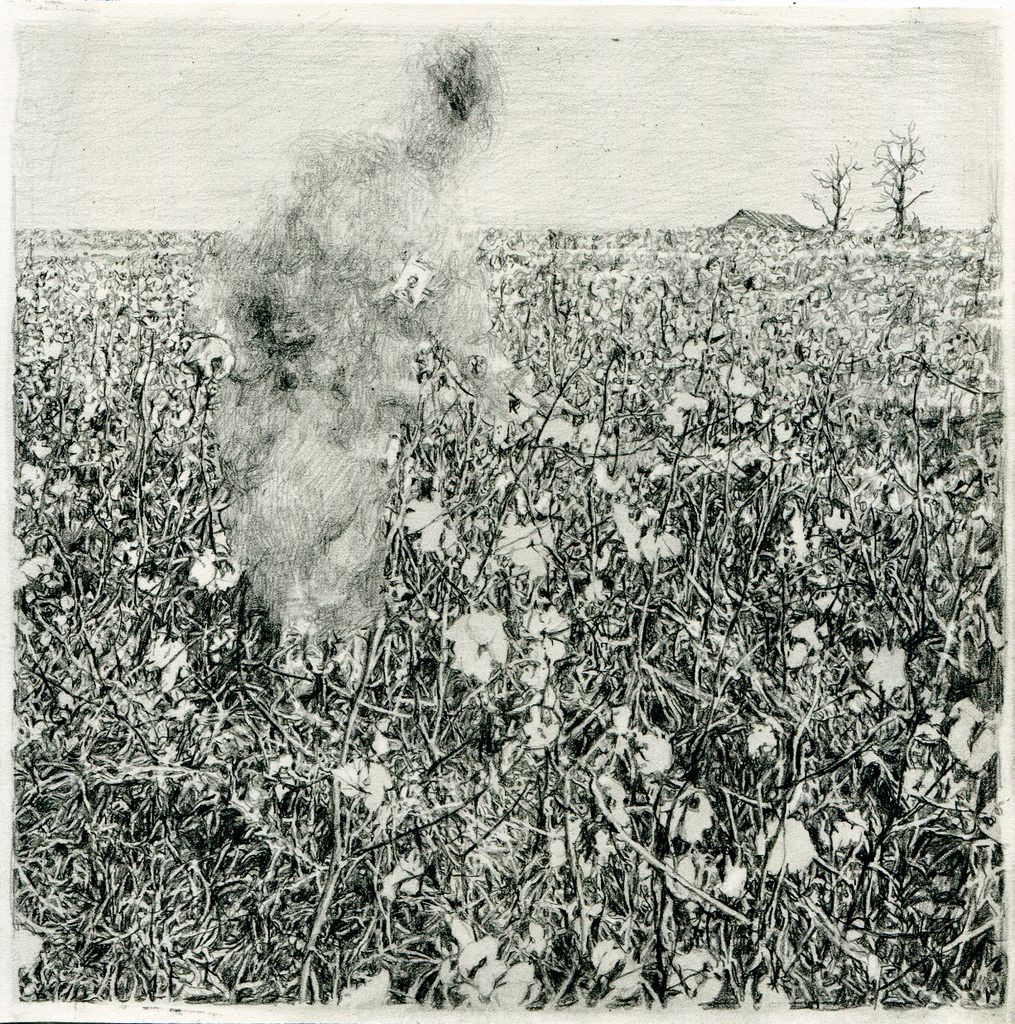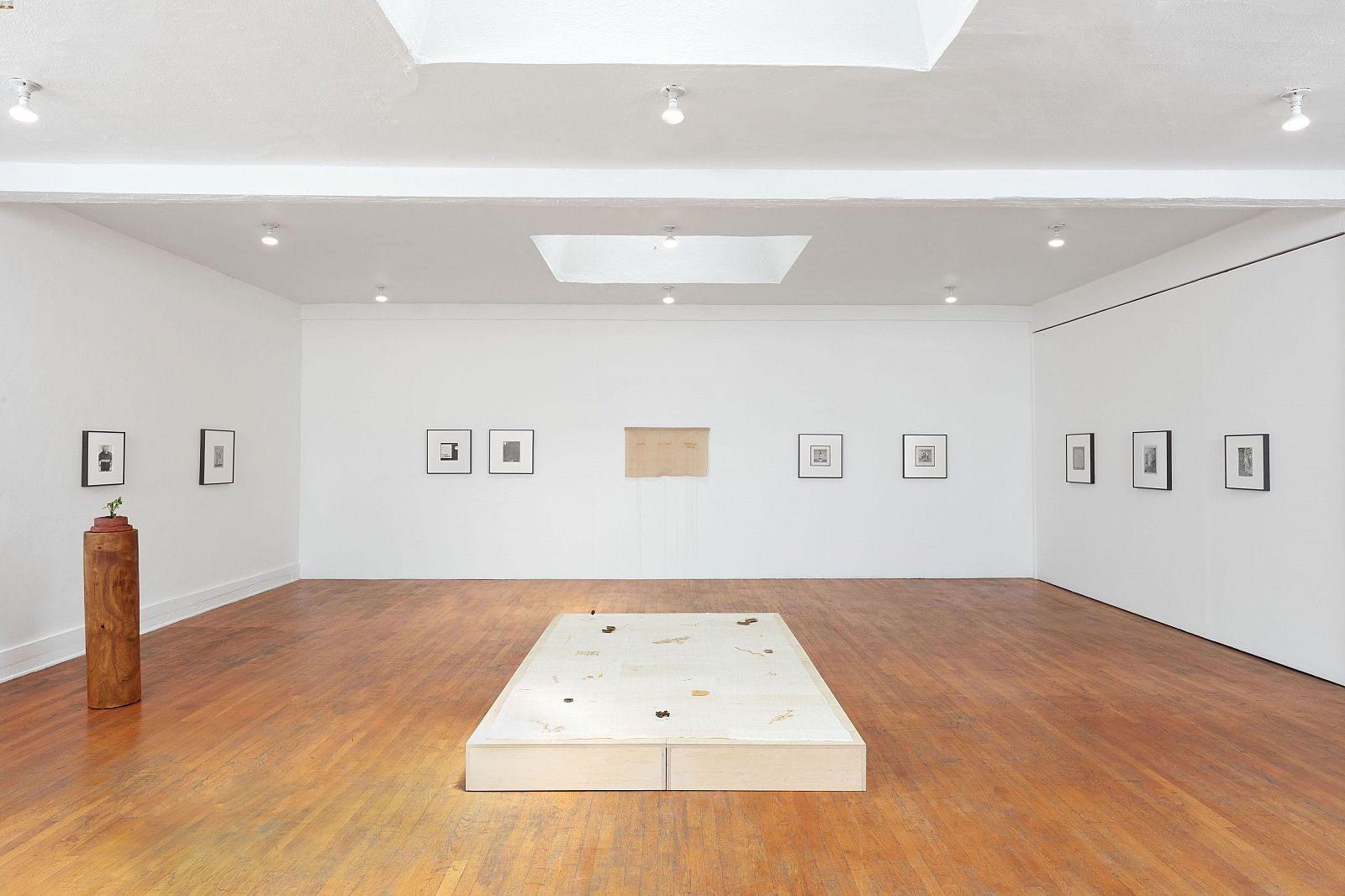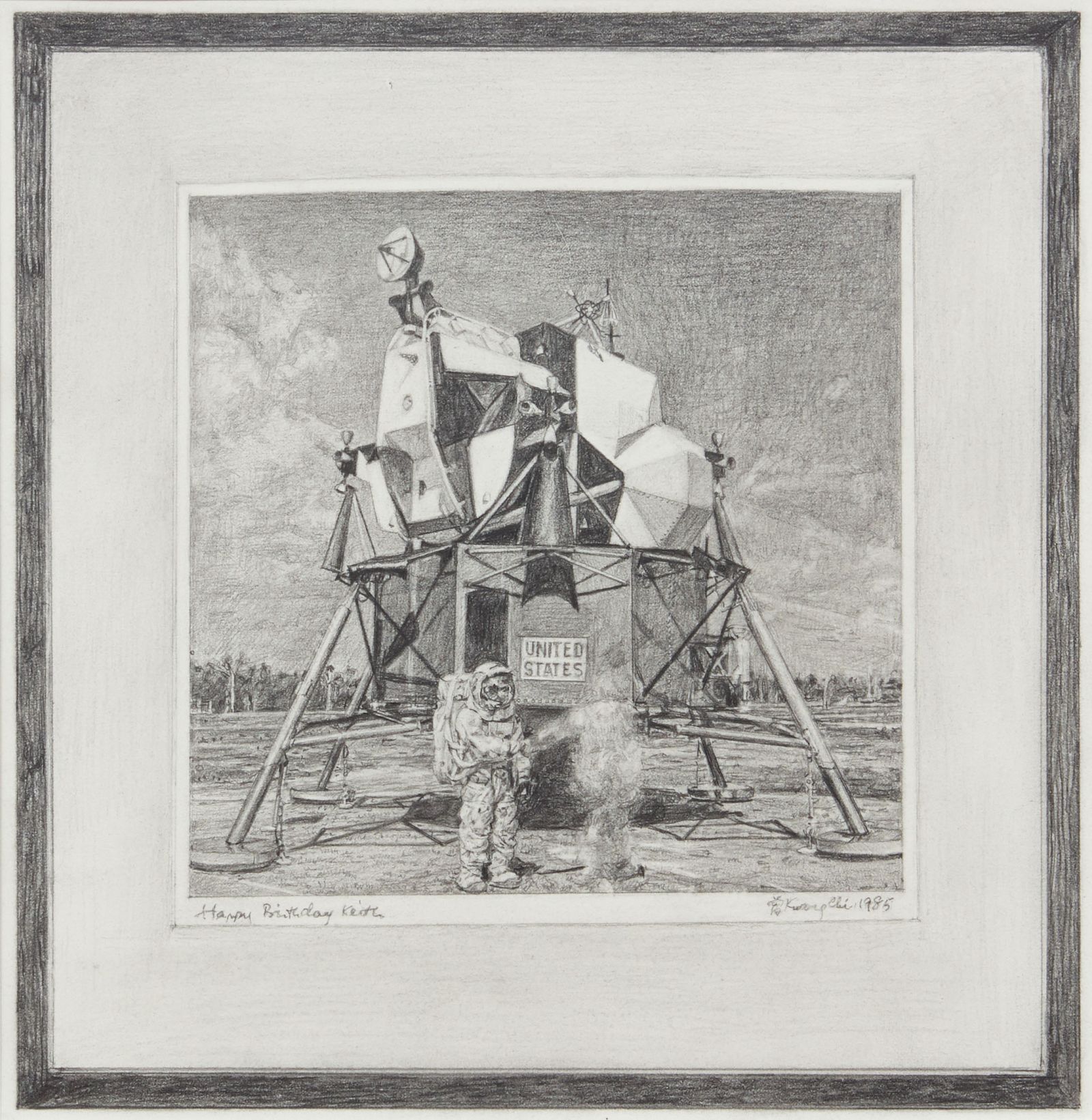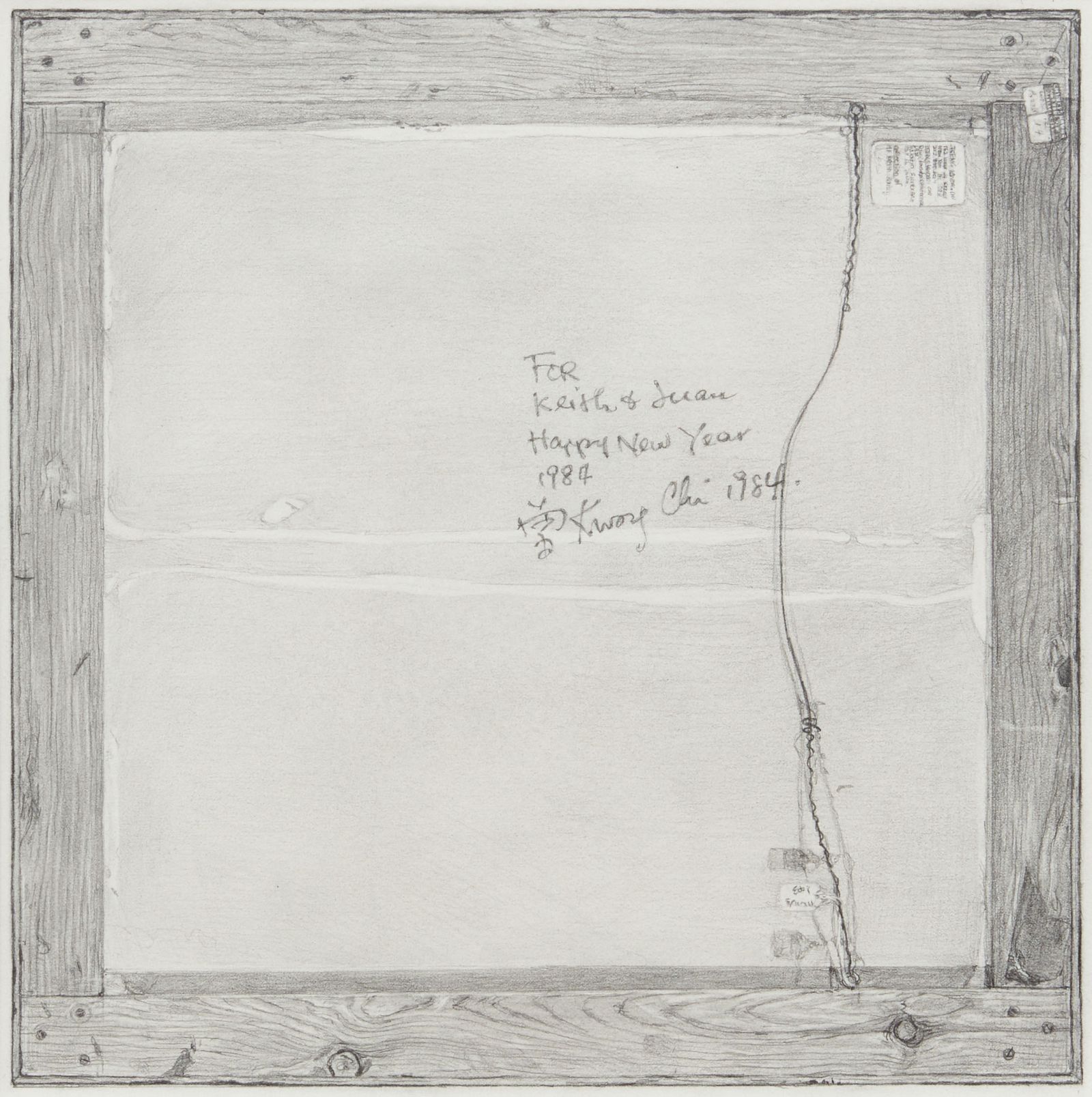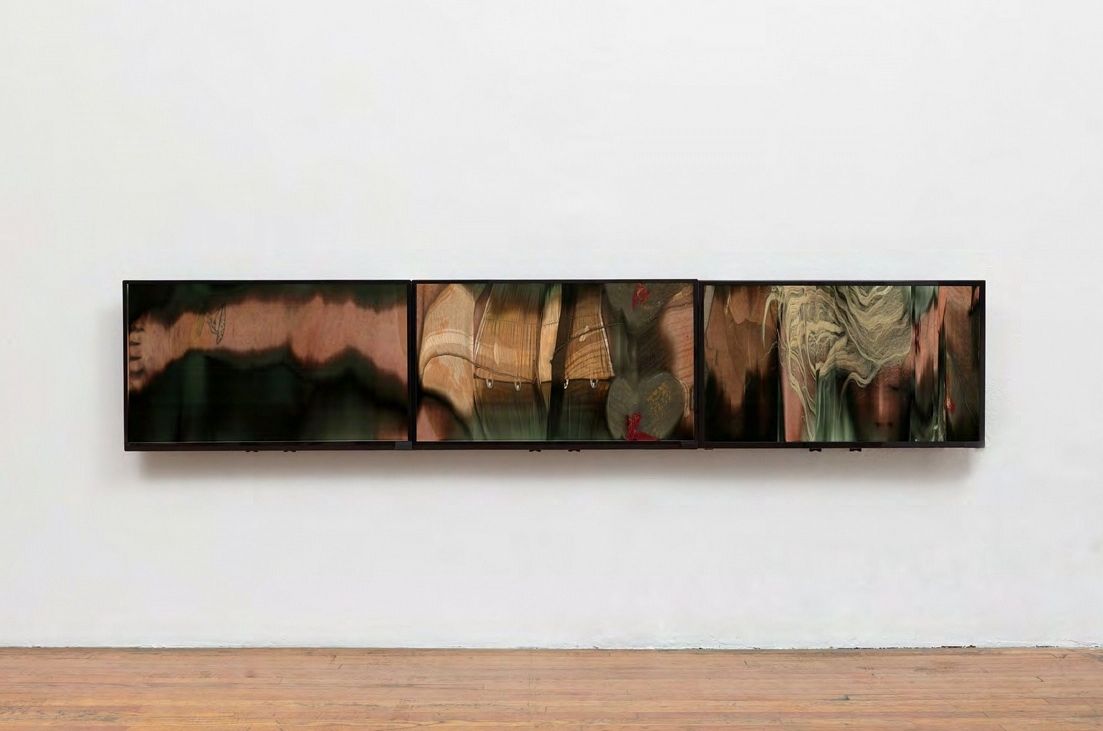In the early 2000s, there was a distinct repoliticization of queer studies in U.S. academia. The journal Social Text encapsulated the period’s debates in a special 2005 issue edited by Jack Halberstam, José Esteban Muñoz, and David L. Eng, entitled “What’s Queer about Queer Studies Now?” In the introduction, the editors sought to rethink their field in the context of various “historical emergencies” by addressing questions of epistemology, diaspora, and the emergent problem of queer liberalism.1Eng David L. with Jack Halberstam and José Esteban Muñoz. “Introduction: What’s Queer about Queer Studies Now?” Social Text 84–85, Vol. 23, Nos. 3–4, Fall–Winter 2005. 1.
Among the emergencies were 9/11, Bush’s “infinite ‘war on terrorism’” and the invasion of Iraq.2Ibid., 2. Contemporaneous to these events, the U.S. saw progressive domestic policy changes such as Lawrence v. Texas, the Supreme Court’s 2003 decriminalization of gay sex. Analyzing the contradictions of the moment, the issue celebrated queer theory’s radical articulation of a “subjectless critique”3Ibid., 3. that disavowed “a proper subject of or object for” queer studies by insisting that “queer has no fixed political referent.”4Ibid. By destabilizing any singular reading of the historical subject, the approach challenged the positivism of normative identity discourses, consequently widening the field’s theoretical scope.
Kang Seung Lee is among a wave of artists whose work has flourished in this intellectual lineage. Born in Seoul, South Korea in 1978, Lee now lives in Los Angeles, where he received his MFA from the California Institute of the Arts in 2015. His practice investigates the limits of visual representation, as well as of statist logics of inclusion. Concurrently, Lee uplifts marginalized archives and legacies, most emphatically those of queer artists lost to the ongoing AIDS pandemic.
Conceptualized in partnership with the artist Beatriz Cortez—who, along with Lee, shows with L.A.’s Commonwealth and Council—the collaborative exhibition Becoming Atmosphere, staged at Santa Monica’s 18th Street Arts Center last year, exemplifies Lee’s thoughtful, decentered artistic sensibility.
By the gallery’s entrance was Archive in Dirt (2019), a sculpture by Julie Tolentino, another artist affiliated with Commonwealth and Council. In this piece, a small cactus propagated from a succulent that belonged to Harvey Milk was planted in a white pot and terracotta saucer. Milk, a gay rights activist and California’s first openly gay elected official, was tragically assassinated by ex-police officer and former San Francisco Supervisor Dan White in 1978. Nearby was Lee’s Untitled (Julie Tolentino's Harvey) (2019), a graphite-on-paper sketch of Tolentino’s cactus in a deep cylinder pot on a tiled floor. Treated with discernable care, the placement of Archive in Dirt emblematizes Lee’s artistic ethos. Nearly five decades after Milk’s passing, the cactus speaks to the resilience of queer histories rooted in nonnormative connections; likewise, Lee’s work cultivates ways of being and relating otherwise.
In an adjacent room were Lee's reproductions of four photographs of New York’s Hudson River by Peter Hujar (from 1975 and 1976). The river in Hujar’s photos glistens like the skin of a lover; the rippling water, pockmarked by bubbles, is a symphony of light and shadow. Lee’s 8 x 8-inch graphite copies (produced in 2020) express absence and presence—and loss and life—as entwined.5The psychologist Vivien Burr’s words come to mind: “…to give anything an identity, to say what it is, is necessarily also to say what it is not. In this sense, presence contains absence. That is, to say that a quality is present depends upon implying what is absent…” Burr, Vivien. An Introduction to Social Constructionism. London and New York: Routledge, 1995. 107.
In their book Atmospheres of Violence: Structuring the Trans/Queer Ungovernable (2021), Eric A. Stanley observes that the Hudson’s Christopher Street Piers were “a sacred place for trans/queer people of color who gathered there, building life from discarded hope and corrugated cardboard.”6Stanley, Eric A. Atmospheres of Violence: Structuring the Trans/Queer Ungovernable. Durham: Duke University Press, 2021. 1. In the years since Stonewall, gentrification, characterized by “booming whiteness and gender normativity,” has all but evaporated the “marooned community” who knew these piers as home.7Ibid.
While Stanley’s volume is a fierce elegy, its tone is not nostalgic. Its introduction centers on the profound contributions of Marsha P. Johnson and Sylvia Rivera, who bluesily called the Hudson the River Jordan, to queer culture. These two trans activists and street queens founded STAR (Street Transvestite Action Revolutionaries) in 1970, and later STAR House, the city’s first LGBT youth shelter. Activist and author Leslie Feinberg quotes Rivera’s recollection of a formative encounter: “I met [Black Panther Party leader] Huey Newton at the Peoples’ Revolutionary Convention in Philadelphia in 1971. Huey decided we were part of the revolution—that we were revolutionary people.”8Feinberg, Leslie. “Street Transvestite Action Revolutionaries.” Workers World, Sep 24, 2006. Accessed online: https://www.workers.org/2006/us/lavender-red-73/. The mainstream discourse, however, diverged from their insurgent vision. The “vengeful drive of gay respectability,” Stanley writes, received the militant organizers “as parasitic impediments to the spoils of assimilation.”9Stanley, 2.
With the work of Johnson, Rivera, and other queer predecessors recirculating in the wake of its “organized disappearance in LGBT history,” Stanley offers cautionary wisdom.10Ibid., 3. In their fabulous ungovernability, these figures acted “against the intelligibility culled by a liberal state.”11Ibid. If then, in the context of a politics of visibility, “their appearance does not destabilize the mode of their arrival, then we have failed to do more than accommodate difference.”12Ibid. Brilliantly claiming that “inclusion, rather than a precondition of safety, most properly names the state’s violent expansion,” Atmospheres of Violence is a call to shatter historical methods premised on an undialectical binary of inclusion or exclusion, and an investigation into alternative frameworks for recognition.13Ibid., 5.
That it was the Hudson River where Johnson’s body was found after her untimely passing in 1992 only adds weight to Lee’s reproductions of Hujar’s gelatin silver prints. The images meditate on the depth concealed below a surface, conveying stillness as well as flow. Positioned alongside the drawings at 18th Street Arts Center was Beatriz Cortez’s dense, buckled sculpture Glacial Pothole (2020). The presence of boulders (known as “erratics”) made of stone not native to the geography in which they are found indicates the existence of ancient glaciers. Rendered in steel frame and sheet metal, Cortez’s cyborgian erratic is a more-than-human consideration of time and a geological commentary upon migration. The dialogue between Lee’s and Cortez’s works stretched across elements and periods—water gossiping with glacier, the postmodern with the prehistoric.
A further series of drawings by Lee reproduced photographs by Tseng Kwong Chi. Tseng, like Hujar, died before his time due to complications related to AIDS. Born in Hong Kong in 1950, among his best known works are his East Meets West self-portraits (1979-89). In these, the artist, dressed in dark sunglasses and a Mao suit, documented himself in front of iconic tourist spots and sites of natural interest as his invented persona, an East Asian “ambiguous ambassador.”14Dillon, Brian. “Tseng Kwong Chi, an ‘Ambiguous Ambassador’ to Life in America.” The New Yorker, June 23, 2019. Accessed online: https://www.newyorker.com/culture/photo-booth/tseng-kwong-chi-an-ambiguous-ambassador-to-life-in-america. With a remote control shutter release in hand, Tseng posed by the Statue of Liberty and the Twin Towers in New York City; in Disneyland and in the Paramount Pictures studio, California; by Tower Bridge in London; by the Colosseum in Rome, and elsewhere. In each drawing, Lee erases Tseng’s figure, leaving a ghostly haze that clouds the compositional relationship between foreground and background.
With Tseng effaced, the arresting Untitled (Tseng Kwong Chi, Cotton Field, Tennessee, 1979) (2019) draws attention to the thick tangle of cotton plants within which the artist stands. In his historical study Empire of Cotton (2014), Sven Beckert places this cash crop at the center of what he terms “the global cotton production complex.”15Beckert, Sven. Empire of Cotton: A Global History. New York: Alfred A. Knopf, 2014. 70. In the 19th century, cotton catalyzed the industrial revolution, weaving a global trade complex founded in a devastating system of expropriation and dispossession. W.E.B. Du Bois explores the commodity’s continuing significance after Reconstruction in his first novel The Quest of the Silver Fleece (1911). Du Bois posits cotton as an engine of exploitation as well as an asset that could potentially drive Black financial and social progress. "Cotton was currency; cotton was merchandise; cotton was conversation,” he declares, showing the extent to which the “silver fleece” lined the economy and aesthetics of modernity.16Du Bois, W.E.B. The Quest of the Silver Fleece. New York: Oxford University Press, 2007. 99. Staged over a century after the 13th amendment, Tseng’s encounter with the crop evokes Du Bois’s analysis of the uncompleted nature of abolition, while—in his wry ambassadorial guise—reminding the viewer of Asia’s sticky, unresolved entanglement in the worlding of plantation capitalism.17In his seminal work Black Reconstruction (1935), Du Bois contends: “Within the very echo of that philanthropy which had abolished the slave trade was beginning a new industrial slavery of black and brown and yellow workers in Africa and Asia.” In The Intimacies of Four Continents (2015), Lisa Lowe expands on Du Bois’s formidable insight: “inasmuch as Black Reconstruction has been canonized as a history of the “unfinished revolution” of the Black working class in the United States, it was also an analysis of the centrality of Black slave labor to the formation of a racialized global capitalism that was built on colonialism in Asia, Africa, and Latin America. Moreover, if Du Bois’s history featured the reproduction of racial difference at the center of the consolidation of U.S. capitalism, it also framed the importance of the alliances among differently racialized laboring peoples across the world in the ongoing struggle against the U.S. empire.” Tao Leigh Goffe builds from Du Bois’s, Stuart Hall’s and Lowe’s work in “Sugarwork: The Gastropoetics of Afro-Asia After the Plantation” (2019), arguing that as “the spectre of enslaved insurrection and emancipation threatened the sugar industry… so indentured Asian labour became a critical strategy to bolster the crumbling agricultural economy of the British, Spanish, French, Dutch, and Danish West Indies during the nineteenth-century.” Goffe consequently reads sugar as “a poetics in the wake of the plantation that traces a history of Afro-Asian coalition a century and a half before the first international Asian-African Conference was held in Bandung, Indonesia in 1955.” This scholarship shows how Black and Asian diasporic life is entangled in the plantation’s global political economy, an observation that, to my mind, animates an internationalist critique of racial capitalism. Du Bois, W. E. B. Black Reconstruction in America, 1860-1880. New York; London; Toronto; Sydney; Singapore: The Free Press, 1935, 1962. Goffe, Tao Leigh. “Sugarwork: The Gastropoetics of Afro-Asia After the Plantation.” Asian Diasporic Visual Cultures and the Americas 5 (2019): 31–56. Lowe, Lisa. The Intimacies of Four Continents. Durham: Duke University Press, 2015.
Lee’s drawings visualize a subjectless critique that is firmly grounded in material history. Reproductions of pictures by Tseng Kwong Chi also featured in Lee’s recent exhibition Permanent Visitor at Commonwealth and Council. In this show, Lee focused on artworks from the collection of Keith Haring. In these drawings, marginalia is accented. “Happy Birthday Keith” is visible in the lower margin of Untitled (Tseng Kwong Chi, Cape Canaveral, Florida, 1985) (2021), in which Tseng’s apparition shakes the hand of an astronaut in front of a grounded U.S. satellite. Untitled (Tseng Kwong Chi, Disneyland, California, 1979) (2021) depicts the reverse of a framed photograph, rotated ninety degrees so that the note “For Keith & Juan, Happy New Year 1984, 曾 Kwong Chi 1984” is legible. In the artworks, those lost to AIDS are removed, while other figures, such as Shawn McQuate, who has a sculpture in the exhibition, and Tseng’s sister, the choreographer Muna Tseng, are movingly visible. In this context, the handwritten notes offer traces of an aesthetic sociality threatened by intense historical duress.
Tolentino’s cactus reappears in Permanent Visitor. Alongside Lee’s drawings is his three-channel video Skin (2021), comprised of scans of the skin of collaborators and friends of the artist, including Tolentino, Jen Smith, Jennifer Moon, and Young Joon Kwak. Marked by tattoos and scars, the compressed, abstracted forms suggest the body to be unfixed, and community ever in formation. Lee’s work blurs binaries, exploring how queer subjects are formed amid shifting and often inhospitable conditions. In its iterative movement from the individual to the relational, it embraces multiplicity as a progenitor to renewed atmospheres of resurgent, collective care.
Harry Burke is an art critic and a PhD student in History of Art at Yale University, New Haven. harryburke.info/
